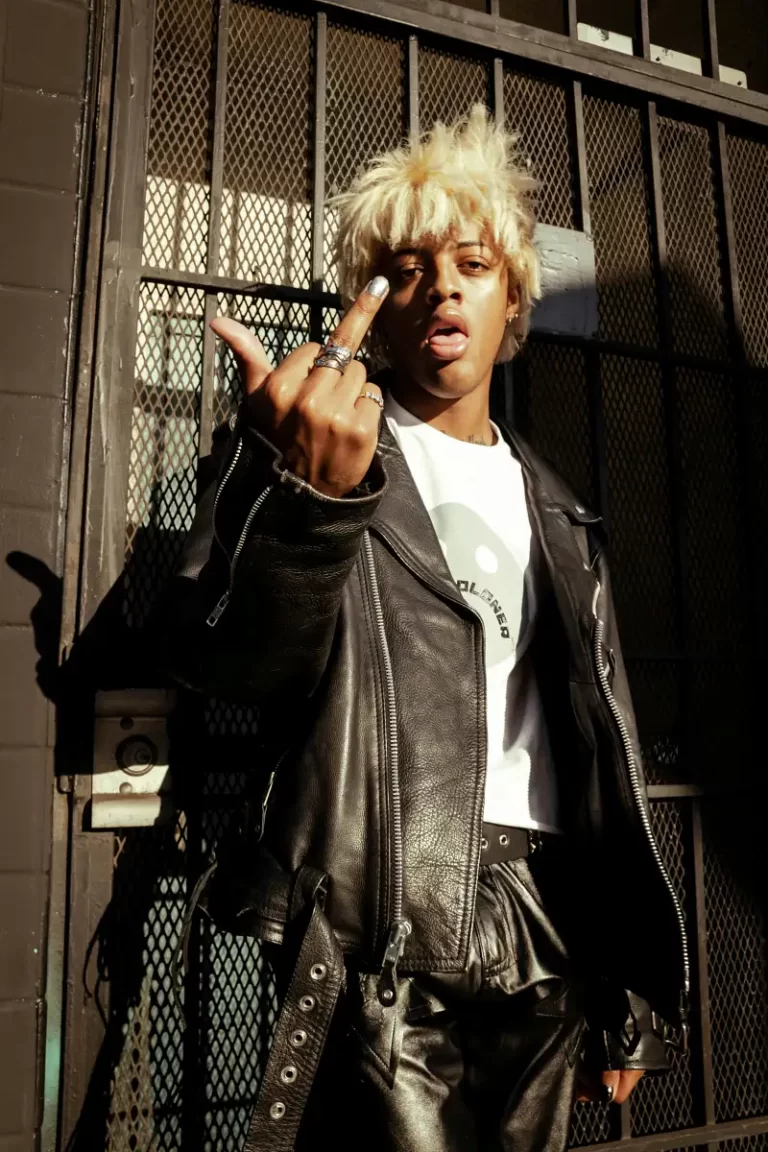Table of Contents
- Introduction
- Understanding Social Class in Sociological Terms
- The Role of Cultural Capital in Musical Preference
- Historical Context: Music and Class from Pre-Modernity to the Digital Age
- Genre and Class Connotations: A Sociological Typology
- Class and Musical Production: Inequality in Access and Opportunity
- Class and Musical Consumption: A Multidimensional Practice
- Cultural Omnivorousness: A New Class Strategy?
- Music, Resistance, and Class Consciousness
- Conclusion: Music as a Mirror and Motor of Class
Introduction
Music is not only a source of entertainment; it is also a deeply social phenomenon embedded within the larger matrix of cultural, economic, and symbolic power. Musical taste functions not merely as a reflection of personal identity, but as a marker of one’s social position within the class structure. From the opulent concert halls of classical music to the communal spaces of urban rap battles, music encodes systems of distinction, solidarity, and resistance.
The intersection between music and social class is multifaceted, dynamic, and historically situated. Musical practices encompass production, distribution, and reception, each of which is shaped by—and helps shape—class-based inequalities. This article explores how musical tastes become class signifiers, how certain genres are valorized or stigmatized based on their class associations, and how changes in the music industry mirror broader transformations in social stratification. Using sociological theory and empirical patterns, this exploration will deepen your understanding of how music operates not only as a cultural expression but also as a mechanism of social differentiation and cohesion.
Understanding Social Class in Sociological Terms
Social class in sociological analysis is not a mere economic category but a multidimensional construct involving economic capital (wealth and income), cultural capital (knowledge, tastes, education), and social capital (networks, group affiliations). These capitals operate together to produce one’s habitus, or disposition, which shapes the way individuals perceive, appreciate, and engage with the world—including cultural products such as music.
Traditionally, class is divided into broad groupings—working class, middle class, upper class—but contemporary sociology often employs more nuanced gradations, such as precariat, new middle class, and cultural elites. Crucially, these class positions influence not only one’s material conditions but also the repertoire of aesthetic preferences available and acceptable to them.
Cultural sociologist Pierre Bourdieu posited that cultural capital functions as a key mechanism through which social class is maintained. Tastes in music, literature, and art are not innately superior or inferior but are socially constructed and hierarchically arranged. By associating particular musical forms with educational sophistication or moral degeneracy, social groups reproduce their dominance and reinforce class boundaries.
The Role of Cultural Capital in Musical Preference
According to Bourdieu, musical preferences are not random or simply individual; they are patterned by class trajectories. These preferences serve as tools of social distinction. Music is a key axis of symbolic power because it is often consumed in ways that are public or semi-public, such as at concerts, festivals, or through curated playlists.
- Upper and upper-middle class individuals tend to favor musical genres considered “high culture,” such as classical music, opera, and certain forms of jazz. These genres are typically institutionalized in elite settings—conservatories, concert halls, and universities.
- Middle-class audiences often straddle the line between high culture and popular culture. Their tastes may include indie rock, folk, or world music, reflecting a cultivated eclecticism.
- Working-class individuals may prefer popular or vernacular forms like rock, country, hip-hop, reggaetón, and dancehall. These genres are often grounded in collective experience, oral tradition, and emotional immediacy.
Tastes thus act as symbolic boundaries. They not only reveal class position but also serve to exclude, differentiate, and stigmatize. When individuals from dominant classes articulate their distaste for certain genres, they are enacting what Bourdieu calls “misrecognition”—a process through which social inequality is legitimized through cultural preferences.
Historical Context: Music and Class from Pre-Modernity to the Digital Age
Music in Pre-Industrial Societies
In pre-industrial settings, music often existed in participatory, communal forms. Music-making was embedded in rituals, seasonal festivals, and daily labor, blurring the lines between producer and consumer. Class differentiation in musical taste was less pronounced, although elite patronage did play a role in shaping certain forms.
The Rise of the Bourgeois Public Sphere
With the advent of modern capitalism and urbanization in the 18th and 19th centuries, the bourgeoisie sought to differentiate itself from both the aristocracy and the proletariat through cultural consumption. Music became a key site for this differentiation:
- Patronage of classical music, especially symphonies and operas
- Attendance at ticketed performances in elite venues
- Participation in salon culture, where amateur music-making was a sign of refinement
This era witnessed the formalization of musical canons and the institutionalization of taste, shaping future class-based musical hierarchies.
The Industrial Age and the Birth of Popular Music
The industrial revolution brought mass production technologies that facilitated the recording and dissemination of music. Working-class populations, now concentrated in urban centers, developed and consumed new musical forms—blues, folk, jazz, and early rock—that expressed labor struggles, racial identity, and anti-establishment sentiments.
Radio, phonographs, and eventually television made music a mass cultural form, but access to certain genres remained structured by class. For example, classical music programming remained elite, while popular music stations proliferated in working-class areas.
Post-Fordism and Cultural Fragmentation
In the late 20th century, the decline of Fordist production and the rise of post-industrial economies led to cultural fragmentation. Subcultures proliferated, and the music scene diversified. Punk, hip-hop, rave, and grunge emerged as forms of youth expression and class critique.
However, these genres also faced commodification. What began as subversive forms were often co-opted by mainstream media and commercial interests, diluting their oppositional content and repackaging them for middle-class consumption.
Digital Platforms and Contemporary Class Fluidity
Digital streaming platforms have reshaped the musical landscape, allowing greater access but also new forms of control and segmentation. Algorithms sort listeners into taste clusters, reinforcing prior preferences and subtly stratifying users:
- High-income users are more likely to afford premium subscriptions and invest in hi-fi equipment.
- Music discovery is uneven: those with more cultural capital are better equipped to navigate and interpret complex musical forms.
- Live music remains stratified: luxury festivals and exclusive venues cater to elites, while lower-cost events often lack institutional support.
Genre and Class Connotations: A Sociological Typology
Musical genres do not exist in a vacuum. They carry layered class-coded meanings. Below is an expanded typology of genres and their shifting social valences:
Classical Music
Symbolic of cultural elitism and institutional legitimacy. Mastery of classical instruments and repertoire often requires early training, private lessons, and access to well-funded schools.
Jazz
From its roots in Black working-class communities to its absorption into academic and elite culture, jazz illustrates how genres can be recontextualized. Elite jazz clubs and conservatories reframe the genre as sophisticated and intellectual.
Rock and Indie
Early rock was a voice of white working-class youth. As it diversified into subgenres, distinctions emerged: mainstream rock remained populist, while indie and alternative rock took on middle-class associations through lyrical complexity and ironic aesthetics.
Hip-Hop and Rap
Born in the urban peripheries, hip-hop became a global cultural force. It speaks to disenfranchisement, identity, and resistance. Yet the commodification of hip-hop by the music industry has led to tensions between authenticity and mass appeal. Class is central to this dynamic, as the genre’s working-class roots are often diluted for commercial success.
EDM and Club Culture
Initially underground and rooted in marginalized identities, EDM was rapidly commercialized. Today, elite music festivals like Tomorrowland or Coachella feature expensive tickets and VIP experiences, making access class-dependent.
Folk and World Music
Once associated with rural and working-class populations, these genres have been reinterpreted as cosmopolitan and ethical consumption for middle-class audiences. World music, in particular, raises questions about cultural appropriation and exoticization.
Class and Musical Production: Inequality in Access and Opportunity
Get the full article AD FREE. Join now for full access to all premium articles.
View Plans & Subscribe Already a member? Log in.






